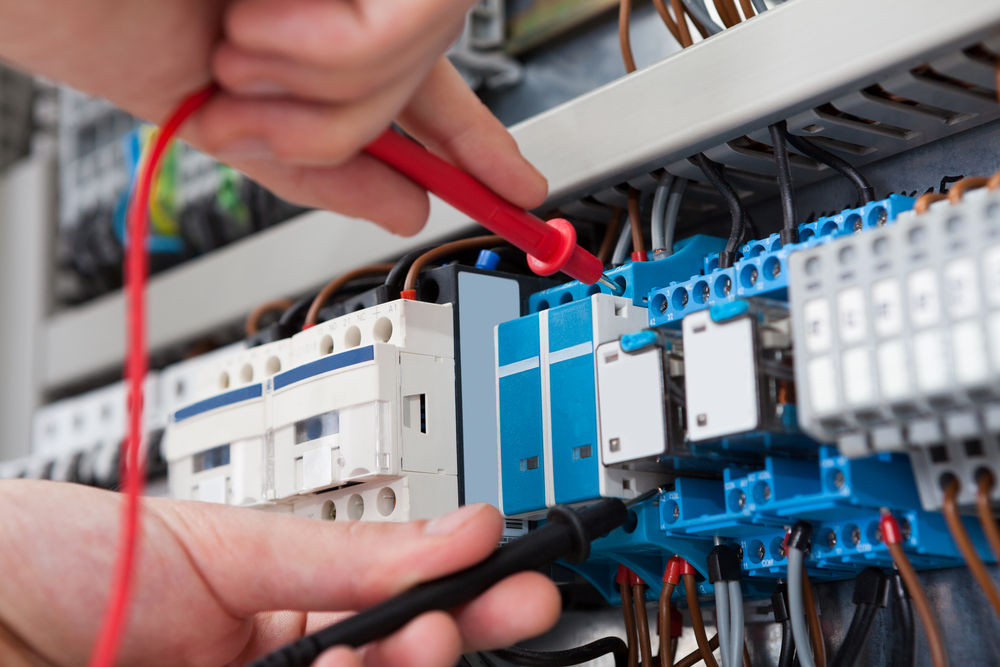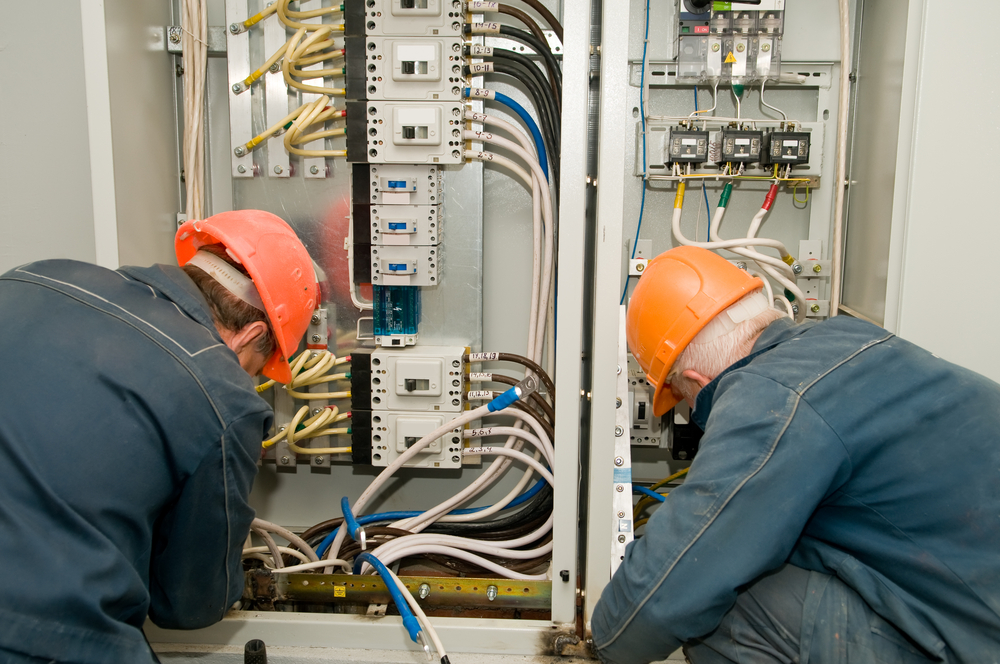Planned preventative maintenance is important for businesses using electrical systems or assets. It prevents premature failure, business interruptions, and high replacement costs. During a maintenance appointment, the system is examined, and faulty or worn-out components are replaced. Read on to find out more about PPM services and how they can prevent high costs and business interruptions.
What Happens During a PPM?
Planned preventative maintenance is performed regularly on a business’s assets to keep them in good shape. There are two main types. Planned scheduled maintenance is carried out at a pre-determined time, while planned unscheduled maintenance occurs when the asset breaks down. Both services are proactive, so they are less expensive and disruptive than reactive maintenance appointments.
Before you can implement PPM, reach out to a professional electrical company. At Legacy Electric, we can help you come up with a comprehensive maintenance plan that covers both scheduled and unscheduled tasks. We might use software to determine when maintenance is necessary and devise a checklist to make sure all your assets are kept in good working order.
Planned Scheduled vs. Planned Unscheduled Maintenance
After we build or repair an electrical system, we usually come up with a maintenance schedule. Planned scheduled maintenance is designed to keep an asset in good condition, and it’s performed even if the system is functioning well. During each appointment, we examine every part of the asset, clean it, and replace components that are starting to wear out. The aim is to prevent a system failure.
If you have assets that aren’t critical to the function of your business, you might choose planned unscheduled maintenance. This is also called run-to-failure maintenance. It’s cheaper and less time-consuming because it doesn’t involve regular appointments or replacing parts before they wear out. Instead, we come up with a plan for what to do when the system or element fails, and we let it run without regular maintenance in the meantime.
How Often Is Maintenance Necessary?
It’s hard to tell how often you should book PPM services without seeing your system. Typically, businesses hire an electrical company once or twice a year. However, it depends on the system’s importance, how frequently it’s used, and the likelihood and consequences of a failure. If even a problem with your electrical system would cost your company millions of dollars, you might require more regular appointments.
How Much Does Preventative Maintenance Cost?
When you first reach out to us, we’ll help you to determine the total maintenance cost for your asset. The price depends on the size and complexity of your electrical system, the frequency of maintenance, and the time it takes our engineers to service the asset.
Why Choose a Proactive Approach?
Some businesses avoid preventative maintenance because they believe that it is too expensive or not worth the hassle. They only call their electrical team when there is a problem. Unfortunately, this reactive strategy often backfires because it is inefficient. Electrical systems that aren’t properly maintained are more likely to malfunction, and they are also a health hazard for employees and customers.
Most successful companies choose a proactive approach that involves careful planning and regular maintenance services. This leads to less frequent business interruption, lower equipment-related costs, and fewer health and safety issues. It also makes budget management easier.
Less Business Interruption
Electrical systems are becoming increasingly important for companies. A breakdown or malfunction of a major component can cause significant issues or even prevent the business from serving customers. This can be incredibly expensive. According to Gartner, every minute of downtime costs around $5,600. Each year, technology outages cost American businesses $588 billion.
One of the biggest advantages of PPM is that it reduces the likelihood of business interruptions. When a system is properly maintained, it’s less prone to malfunction. During planned maintenance, your systems might be down for a few minutes or hours. However, you can schedule your appointment outside of your regular business hours, so the disruption is minimal.
Fewer Equipment Replacement Costs
In the short term, planned preventative maintenance is more expensive. You have to pay the electrical company to look after your equipment, and they might recommend that you regularly replace certain components of your system. However, you’ll pay much less in the long term because your equipment is less likely to break down and require premature replacement.
Updating and maintaining your current assets instead of replacing them with new ones is almost always cheaper. You don’t have to spend money on equipment as frequently, so you get a better return on your investment. It’s also worth noting that your company won’t experience as much downtime because you don’t have to wait while new items are delivered and installed.
Fewer Health and Safety Issues
Electrical systems are dangerous, especially if they are old or not well-maintained. The main hazards for employees are electric burns, electric shock, explosions caused by unsuitable equipment, and exposure to arcing. That’s why there are strict health and safety regulations in many parts of the US. Businesses have to make sure their electrical systems are up to code and safe for everyone who handles them.
Planned preventative maintenance is a great way of keeping yourself, your assets, and your employees safe. At Legacy Electric, we understand the health and safety regulations in various states, and we always consider them when coming up with a maintenance schedule. This is particularly important for companies that have branches or networks in more than one state.
Easier Budget Management
Managing a company’s budget is extremely tricky because there are so many variables. The less predictable your expenses and income are, the more complicated it is for your finance team to create a viable budget. The cost of planned preventative maintenance is determined ahead of time, so it can easily be included in your calculations.
When you continually maintain your electrical equipment, it’s highly unlikely that your costs will spiral out of control and significantly impact your profits. In contrast, reactive maintenance is much harder to plan for because you never know which assets will fail and how much the repairs might cost. This not only endangers your company’s budget, but it could also put potential investors off and inhibit the growth of your business.
How to Find Good PPM Services In Your Area
If you’re not happy with your current maintenance team or you’d like to install a new electrical system in your building, call Legacy Electrical. We have extensive experience installing, fixing, and maintaining electrical systems around the country. Shawn Lackey is a multi-state master electrician who has been working in his field for well over 10 years.
One of our biggest strengths is customer service. We make ourselves available 24 hours a day, so you can get help as soon as you encounter an issue. We also use software and technology to improve the accuracy of our service and predict your maintenance needs.
Every electrical system requires planned preventative maintenance because it decreases the likelihood of premature breakdowns, system failure, and health and safety issues. A good electrical company helps you to come up with a suitable maintenance schedule. Get in touch with us at Legacy Electric to find out more about our PPM services.


